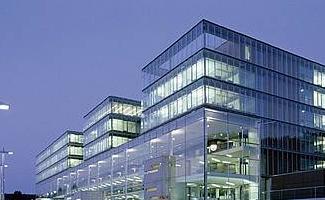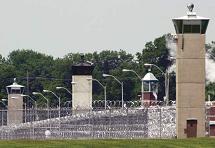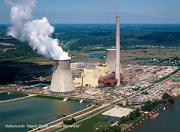 It's all about protecting assets. One electronics security alarm contractor was tired of the damage and losses to his parked vehicles and rolling inventory stored in his private, locked, fenced parking lot. After trying two fence detection systems, he finally installed a non-lethal electric fence and got the results he needed. "The first two systems I tried produced too many false alarms. When the real alarms came we had no confidence in the system and the losses continued. As soon as we installed the stun fence, the alarms stopped and so did the losses." A telecommunications company tells a similar story. Losing parked vehicles, tools, and stored copper, they went shopping for a perimeter detection system. After first opting for a more typical line-of-site perimeter system, without solving the problem, they eventually installed a stun fence and the problems stopped. In both cases, these companies would have benefited from understanding their Total Cost of Ownership (TCO). As much of the initial cost of a power fence is the installation of the wire array, the stun fence infrastructure enjoys an extended useful life of as much as 15-20 years. And, because the perimeter solution has a "Near Zero" false alarm rate with a high Probability of Detection (POD), if a condition arises that requires maintenance or repair, the highly valued asset gets the attention. Twenty-four hours a day, seven days a week, a non-lethal electric fence is the right, long term solution.  One warden says that the "most important system (in his facility) is the stun fence" installed on the inner perimeter fence. "It's about control. The system tells us when an incident is occurring and gives my staff time to respond while it fights back. And, because the system doesn't false alarm, my staff has confidence; when we get an alarm, we react, no complaints, no discussion." Losing control of the perimeter in a correctional environment can have significant public consequences. Configuring a non-lethal electric fence for such an environment means delivering on the 3Ds+1: Deter, Detect, Delay, and Defend., A stun fence system design must include:
A formidable wire array extending above the perimeter host fence
A wire array where every wire is a sensing wire: full supervision
Adaptable and configurable to be mounted to building and other perimeter structures
A bi-directional fully supervised fiber optic communications network
A reliable integrated infrastructure to ensure system functionality
A central control station to monitor perimeter activity
An open architecture design to facilitate integration with other facility systems
Anti-leverage and anti-climb features to slow and prevent climb out, and
A stun deterrent, using construction methodology to place the attacker in constant, harm's way
Public or private, a non-lethal electric power fence working twenty-four hours a day, seven days a week for more than ten years demonstrates value on multiple levels: a high Probability of Detection (POD), low Total Cost of Ownership (TCO), short Return on Investment (ROI), and a demonstrated, Duty of Care. Product distribution is big business. The movement of goods from manufacturer to marketplace depends upon a coordinated effort, a well planned process, and a practice that meets the needs of its participants. Any disruption to the process impacts the livelihoods of many and could negatively impact customer satisfaction. Each time the product changes hands, the security of the product is at greater risk.
Warehouse and distribution sites benefit from the installation of a power fence by adding a layer of security that a chain link fence simply can't provide. A stun fence can Deter, Detect, Delay, and Defend, a property twenty-four hours per day, seven days a week even while allowing an authorized driver to come and go through the protected perimeter. A non-lethal electric fence is a logical choice when securing a compound that is frequently left unattended.
 The movement of people and product through the nation's ports is highly dependent upon the expectation of a free flowing process associated with a dependable schedule. In the aftermath of 9/11, the limitations placed on individual freedoms and the change to the national psyche only demonstrates the necessity to act responsibly to protect a nation's infrastructure. The use of a stun fence on a port perimeter provides deterrent and detection to allow first responders the time to mobilize, limit the damage, and maintain control. An integrated, non-lethal electric fence system operating twenty-four hours per day, seven days a week is a responsible choice to defend the nation's ports. Even a minor disruption of service has a significant impact on the citizens that are dependent upon it. A primary failure or significant interruption to the supply of power, natural gas, fresh water, or telecommunications by an act of vandalism or terrorism could have devastating effects to the local infrastructure and the security of its population.
The use of a stun fence in the perimeter fence security design will Deter, Detect, Delay, and Defend, the infrastructure from attack all day, every day, in good weather and bad. The low cost of ownership and ease of repair have made the use of a NLEF a logical choice.
|

